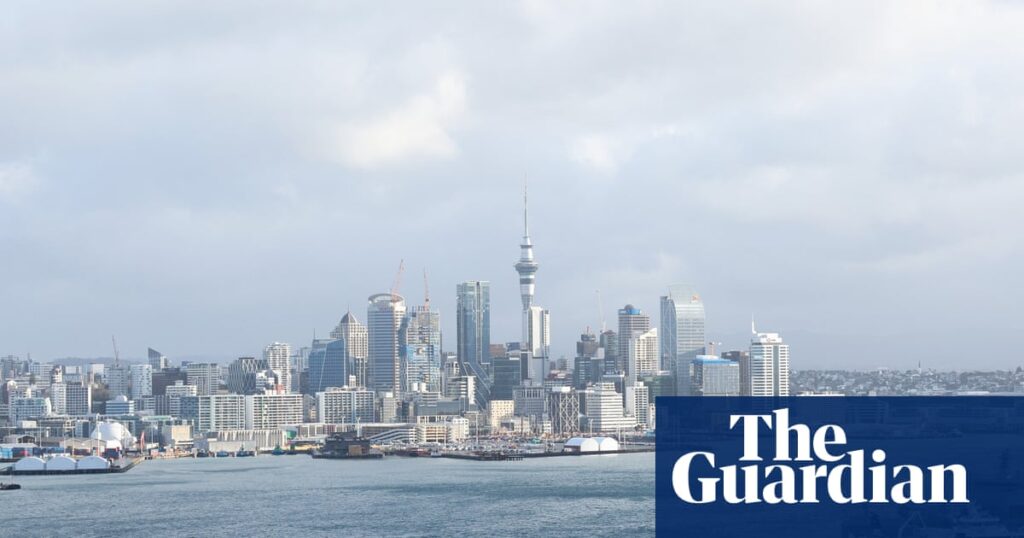
New Zealand is taking significant steps to ease residency restrictions for migrant workers, a move aimed at strengthening its workforce and invigorating the economy. On Tuesday, Nicola Willis, the Minister for Economic Growth, unveiled two new residency pathways designed to attract skilled and experienced migrants to fill critical gaps in the labor market.
“Businesses told us it was too hard for some migrants to gain residence, even when they had crucial skills and significant experience that was not available in the existing workforce,” Willis stated. Her announcement comes at a time when New Zealand is witnessing a record exodus of its citizens and facing a shrinking GDP.
New Residency Pathways Introduced
The new residency pathways, set to be implemented by mid-2026, are tailored to different categories of skilled workers. One pathway targets migrants in skilled roles, requiring them to meet specific experience and salary thresholds. The second pathway is designed for those in trades and technical positions, with criteria based on qualifications, work experience, and wage thresholds.
Immigration Minister Erica Stanford emphasized the importance of the skilled work experience pathway, which aims to help employers retain valuable workers who are already contributing to New Zealand’s economy. “These workers have demonstrated their value in their roles,” she noted.
The trades and technicians pathway, on the other hand, acknowledges the practical skills essential in industries where non-university qualifications are both utilized and appreciated.
Record Emigration and Economic Context
New Zealand is grappling with a significant outflow of its citizens. Between July 2024 and 2025, 73,400 New Zealanders left the country, while only 25,800 returned, according to Stats NZ. This trend has raised concerns about the country’s economic vitality and workforce sustainability.
In response to these challenges, the government has also relaxed its visitor visa rules to attract “digital nomads” – individuals who work remotely while traveling. This initiative extends to influencers paid by overseas companies. Additionally, the requirements for the Active Investor Plus visa, commonly known as the golden visa, were loosened in February to attract wealthy foreigners.
Mixed Reactions and Political Implications
The announcement of the new residency pathways has elicited varied reactions. Business New Zealand welcomed the changes, highlighting their potential to help employers retain skilled workers. Infrastructure NZ, however, urged for a more immediate implementation of the pathways.
Meanwhile, the minor coalition partner New Zealand First has expressed dissent, invoking the ‘agree to disagree’ clause. The party’s leader and Minister of Foreign Affairs, Winston Peters, criticized the proposal as an “unfocused immigration proposal.”
“New Zealand is being used as a stepping stone into Australia,” Peters remarked. “We take them in, train them, up-skill them, look after their families, and then they emigrate.”
According to Stats NZ, 35% of New Zealand citizens who migrated to Australia in 2024 were born outside of New Zealand, highlighting the complex dynamics of migration in the region.
Looking Ahead
The introduction of these new pathways represents a strategic shift in New Zealand’s immigration policy, aimed at addressing immediate workforce needs while also considering long-term economic impacts. However, the debate over the balance between attracting foreign talent and retaining domestic workers continues to unfold.
As New Zealand navigates these changes, the government faces the challenge of crafting an immigration system that aligns with the needs of employers, industry, and the local workforce. The coming years will reveal whether these policy adjustments will successfully stabilize the economy and curb the tide of emigration.






